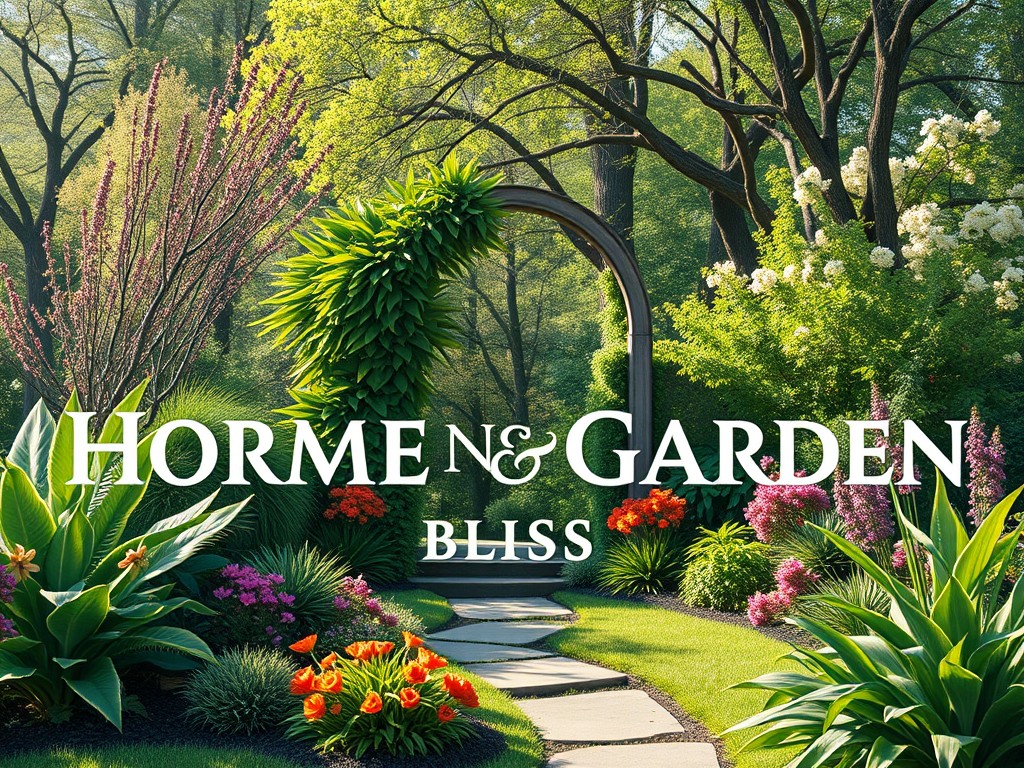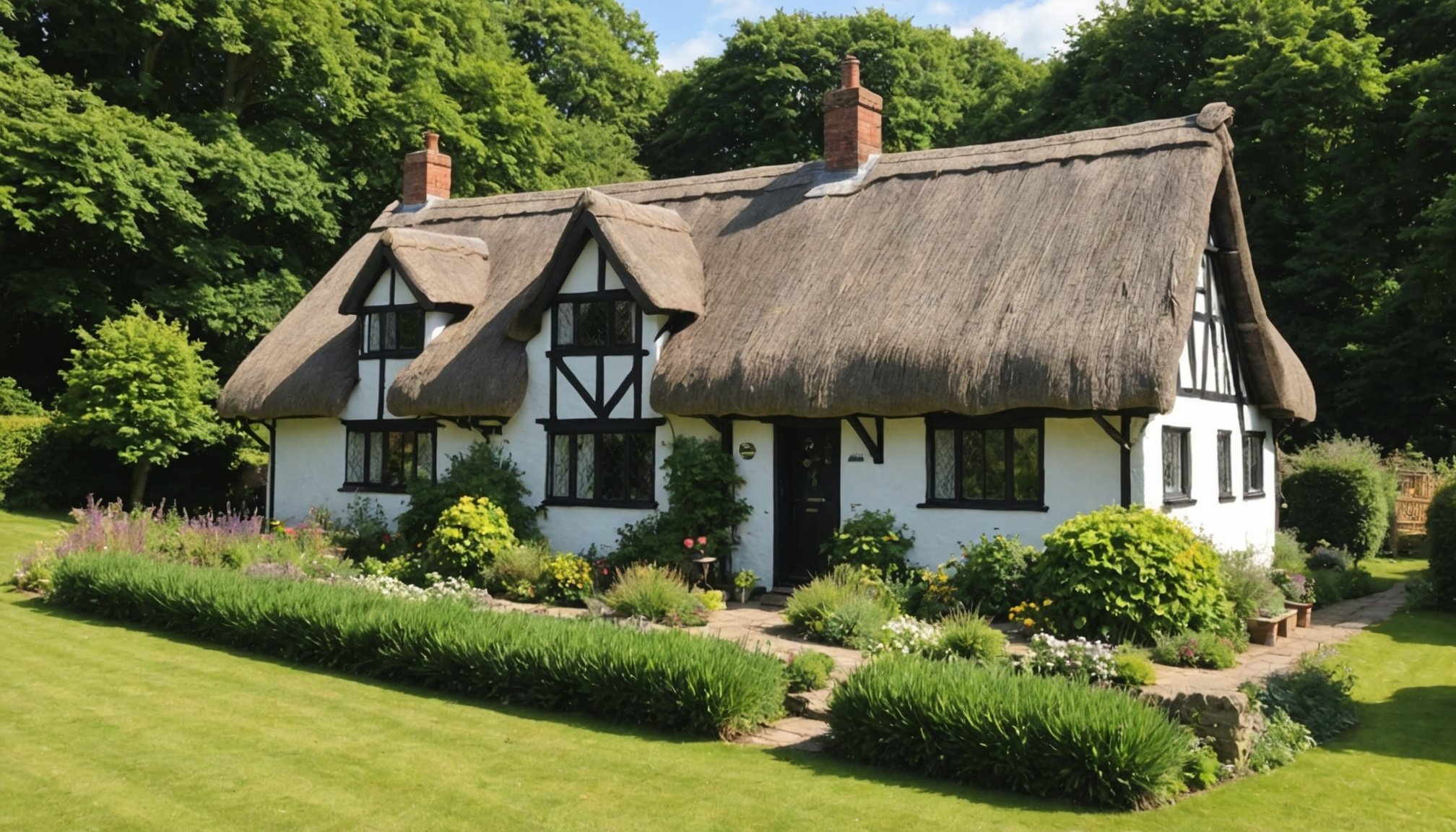Navigating the Unique Challenges of Relocating to a Thatched Roof Home in the UK
Moving to a thatched roof home in the UK can be a dream come true for many, offering a unique blend of traditional charm and rustic beauty. However, this type of property comes with its own set of challenges that prospective buyers and homeowners need to be aware of. Here’s a comprehensive guide to help you navigate these complexities.
Understanding Thatched Roofs and Their Appeal
Thatched roofs have been a part of the UK’s architectural heritage for centuries, particularly in rural areas. These roofs are made from natural materials such as straw, water reed, or long straw, and are often associated with traditional cottages and period properties.
A lire également : Discover the Benefits of Engaging a Professional Organizer for Your UK Home Relocation
Historical Significance and Aesthetic Appeal
Thatched roofs add a distinctive touch to any property, making them highly sought after for their historical significance and aesthetic appeal. For example, the restoration of a thatched building linked to Robert Burns, coordinated by the National Trust for Scotland, highlights the importance of preserving these historical structures[2].
Environmental Benefits
Thatched roofs can also offer environmental benefits. They are made from natural, sustainable materials and can provide good insulation, reducing the need for modern heating systems. However, this also means they require regular maintenance to ensure they remain in good condition.
En parallèle : Discover the 5 Best Sustainable Packing Materials for Your UK Move: Eco-Friendly Options for a Greener Relocation
Financial Considerations: Mortgages and Insurance
When considering a thatched roof home, financial planning is crucial due to the unique nature of these properties.
Mortgages for Thatched Properties
Securing a mortgage for a thatched property can be more challenging than for modern homes. Many lenders view thatched properties as non-standard, which can affect the loan value and the interest rates offered.
- Higher Interest Rates: Due to the perceived higher risk, mortgage rates for thatched properties might be higher.
- Specialized Lenders: Some lenders specialize in mortgages for non-standard properties, including those with thatched roofs.
- Lower Loan-to-Value Ratios: Lenders may offer lower loan-to-value ratios, requiring a larger deposit.
Insurance Challenges
Insurance for thatched properties is also more complex. Here are some key points to consider:
- Higher Premiums: Insurance premiums for thatched properties are typically higher due to the increased risk of fire and the cost of repairs.
- Specialized Policies: Homeowners may need to seek out specialized insurance policies that cover the unique aspects of thatched roofs.
- Regular Maintenance: To keep premiums manageable, regular maintenance and inspections are essential.
Maintenance and Repair: The Ongoing Commitment
Thatched roofs require regular maintenance to ensure they remain safe and functional.
Routine Inspections
Regular inspections are crucial to identify any issues before they become major problems. Here are some key areas to focus on:
- Condition of the Thatch: Check for signs of wear, damage, or infestation.
- Structural Integrity: Ensure the timber frame and supporting structures are in good condition.
- Electrical and Plumbing: Special care is needed when wiring or plumbing in a thatched loft, as highlighted in discussions on electricians’ forums[3].
Repair and Restoration
When repairs are needed, it is essential to work with specialists who understand the unique requirements of thatched roofs.
- Costs: Repairs can be costly, such as the £330,000 restoration project for a thatched building linked to Robert Burns[2].
- Materials: Using traditional materials and techniques is often necessary to maintain the historical integrity of the property.
- Permits: For listed buildings, obtaining the necessary permits and approvals from local authorities and conservation bodies is a must.
Living in a Thatched Roof Home: Practical Considerations
While the charm of a thatched roof home is undeniable, there are several practical considerations to keep in mind.
Fire Safety
Fire safety is a significant concern for thatched roof homes due to the combustible nature of the materials used.
- Chimneys and Flues: Regular cleaning and maintenance of chimneys and flues are essential.
- Electrical Safety: Ensuring all electrical installations are safe and compliant with current standards is critical[3].
- Fire Alarms and Extinguishers: Installing fire alarms and having fire extinguishers readily available is a must.
Pest Control
Thatched roofs can be susceptible to pest infestations, such as rodents and birds.
- Regular Inspections: Regularly inspect the roof for signs of pest activity.
- Preventative Measures: Use preventative measures like netting or repellents to deter pests.
Finding and Buying a Thatched Property
When searching for a thatched roof home, there are several factors to consider.
Working with Estate Agents
Estate agents who specialize in period properties can be invaluable in finding the right thatched cottage.
- Local Knowledge: They often have extensive local knowledge and can guide you through the process.
- Property Listings: Look for listings that highlight the unique features and any necessary maintenance or repairs.
Evaluating the Property
Before making a purchase, it’s crucial to evaluate the property thoroughly.
- Condition of the Thatch: Assess the condition of the thatch and any recent repairs or maintenance.
- Structural Integrity: Inspect the timber frame and supporting structures.
- Listed Building Status: If the property is listed, understand the implications and any restrictions on alterations or repairs.
Table: Comparing Thatched Roof Homes to Modern Homes
| Aspect | Thatched Roof Homes | Modern Homes |
|---|---|---|
| Materials | Natural materials like straw, water reed, or long straw | Modern materials like asphalt shingles, metal, or tile |
| Maintenance | Regular inspections and maintenance required | Less frequent maintenance needed |
| Insurance | Higher premiums due to fire risk and repair costs | Standard insurance premiums |
| Mortgages | Specialized lenders, higher interest rates, lower loan-to-value ratios | Standard mortgage terms |
| Fire Safety | Higher risk, need for fire alarms and extinguishers | Lower risk, standard safety measures |
| Pest Control | Susceptible to pest infestations | Less susceptible to pest infestations |
| Aesthetic Appeal | Unique, traditional charm | Modern design and materials |
| Environmental Benefits | Good insulation, sustainable materials | Varies depending on materials and design |
| Historical Significance | Often listed buildings with historical importance | Typically not listed buildings |
Quotes from Experts and Homeowners
- “Thatched roofs are a labor of love. They require regular maintenance, but the charm and character they bring to a property are unmatched.” – John Smith, Thatch Roof Specialist
- “We knew buying a thatched cottage would come with its challenges, but the unique appeal and historical significance made it all worth it.” – Emily Johnson, Homeowner
- “Specialized lenders understand the unique needs of thatched properties and can offer tailored mortgage solutions.” – David Brown, Mortgage Advisor
Relocating to a thatched roof home in the UK can be a rewarding experience, but it is essential to be aware of the unique challenges involved. From securing mortgages and insurance to maintaining the roof and ensuring fire safety, every aspect requires careful consideration.
By understanding the historical significance, aesthetic appeal, and practical considerations of thatched roof homes, you can make an informed decision and enjoy the many benefits these properties offer. Whether you are looking for a traditional cottage or a period property with a timber frame, the right approach can turn your dream into a reality.
Detailed Bullet Point List: Preparing for Thatched Roof Home Ownership
-
Research and Planning
-
Understand the local market and property values.
-
Research specialized lenders and insurance providers.
-
Plan for higher maintenance and repair costs.
-
Property Evaluation
-
Inspect the condition of the thatch and any recent repairs.
-
Assess the structural integrity of the timber frame and supporting structures.
-
Check for any pest infestations or signs of damage.
-
Financial Preparation
-
Secure a mortgage from a specialized lender.
-
Obtain insurance quotes and understand the policy terms.
-
Budget for higher premiums and maintenance costs.
-
Maintenance and Repair
-
Schedule regular inspections with a thatch roof specialist.
-
Ensure all electrical and plumbing installations are safe and compliant.
-
Keep fire alarms and extinguishers readily available.
-
Legal and Regulatory Compliance
-
Understand any restrictions if the property is listed.
-
Obtain necessary permits for repairs or alterations.
-
Comply with local conservation body regulations.
By following these steps and being prepared for the unique challenges of thatched roof homes, you can enjoy the beauty and charm of these traditional properties while minimizing potential issues.











